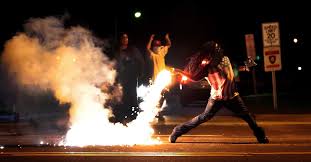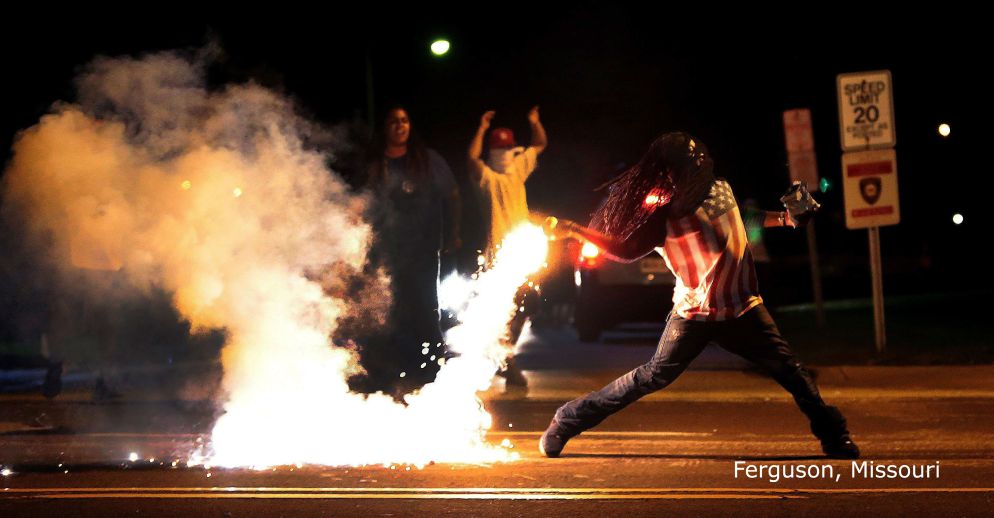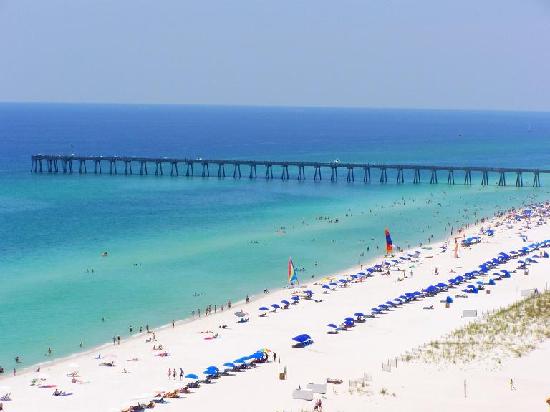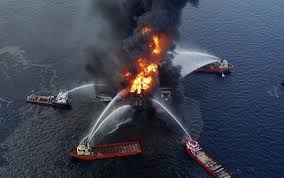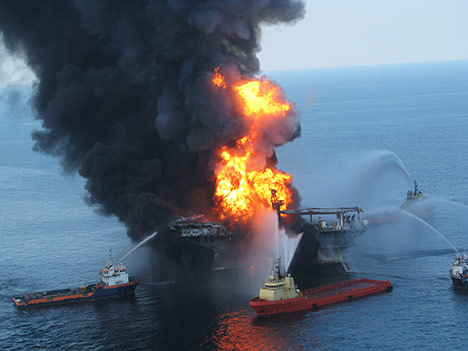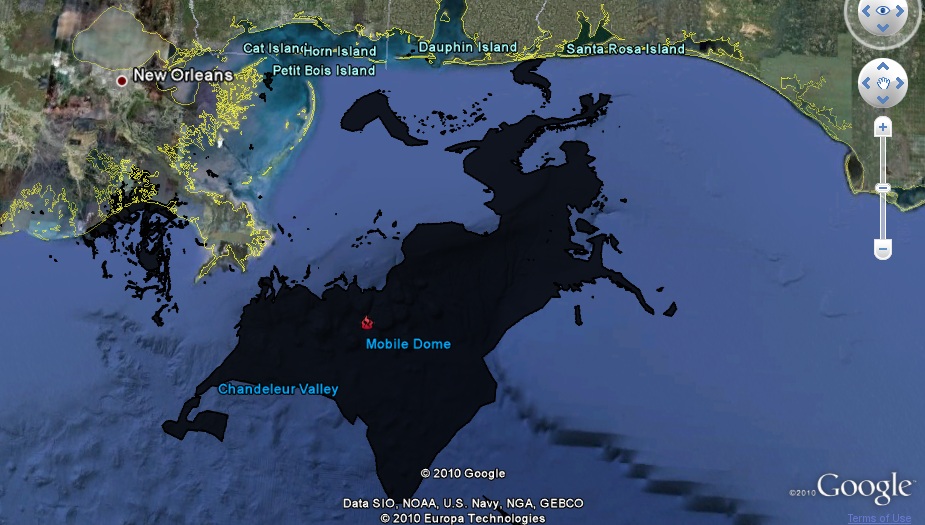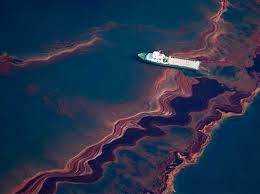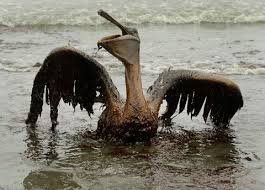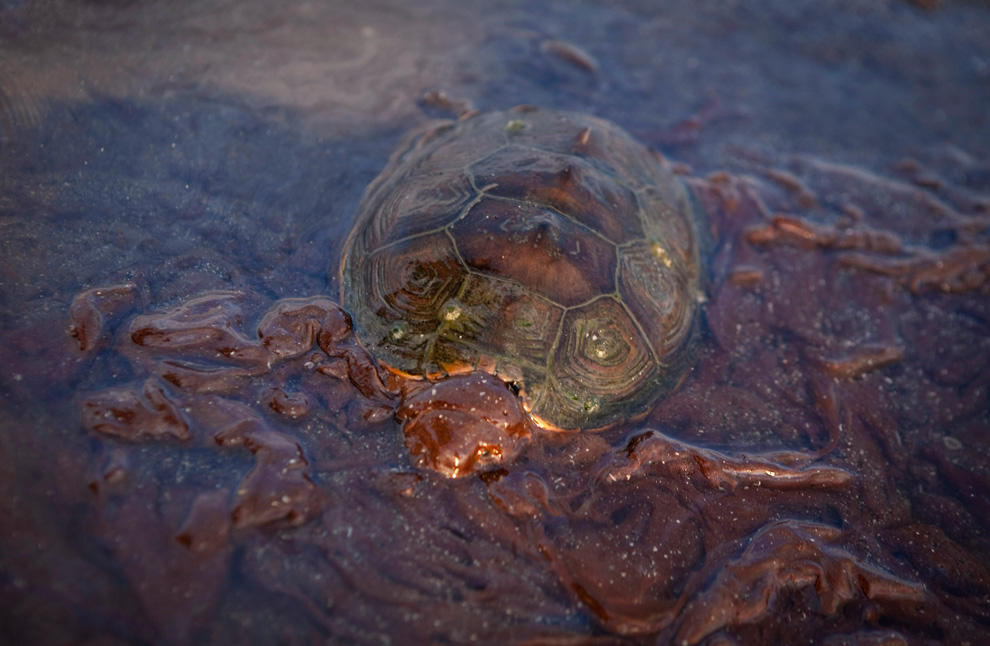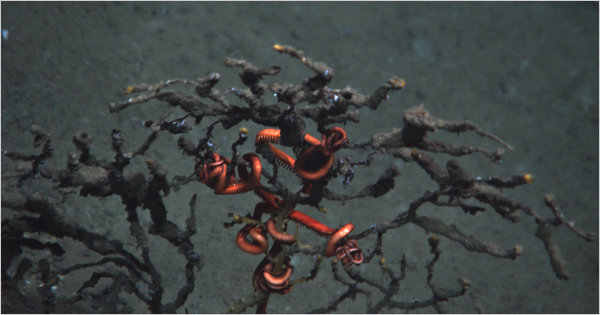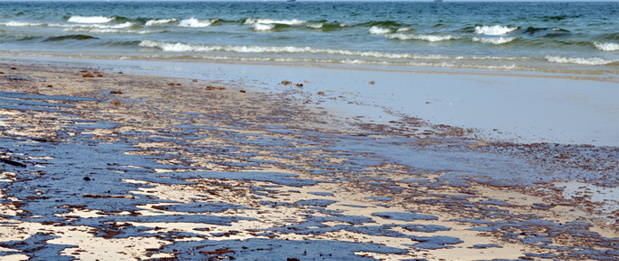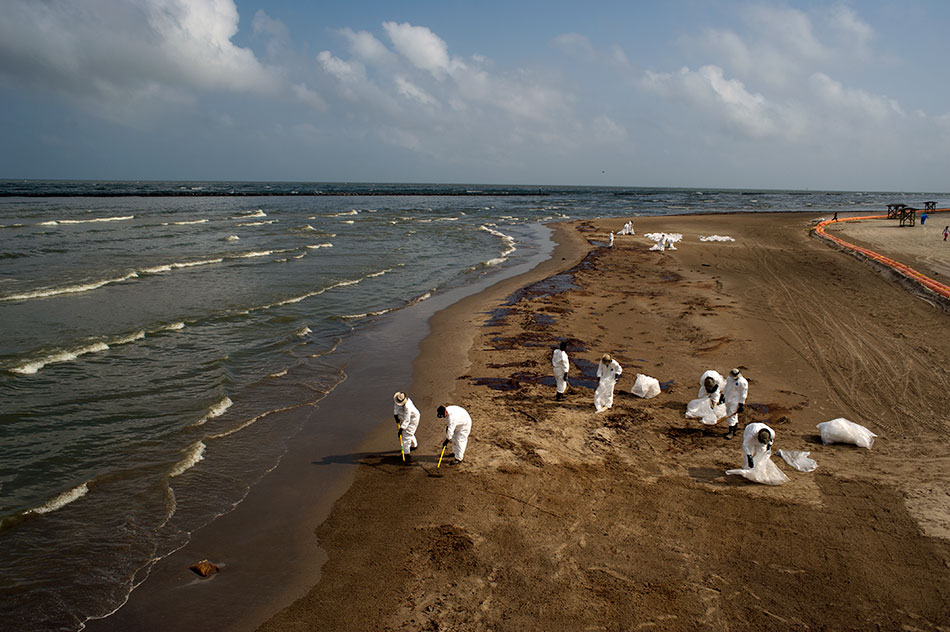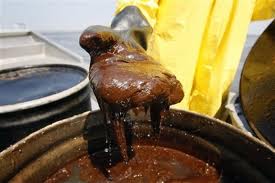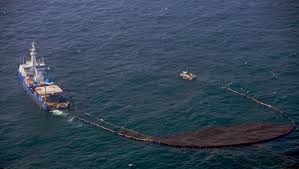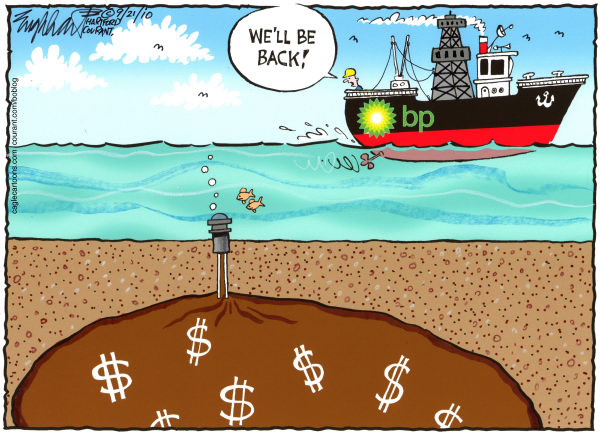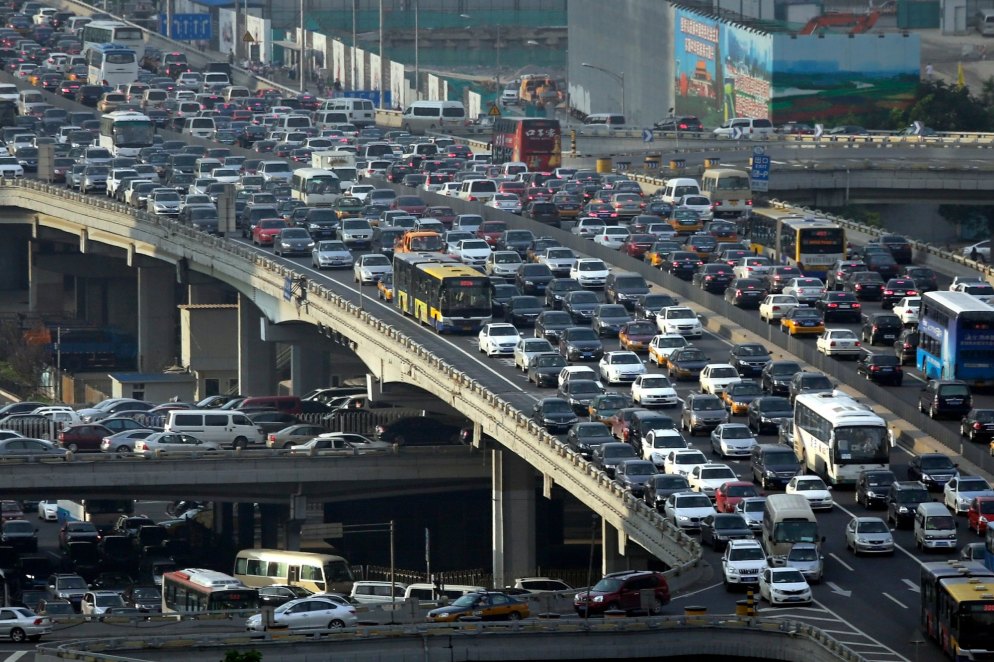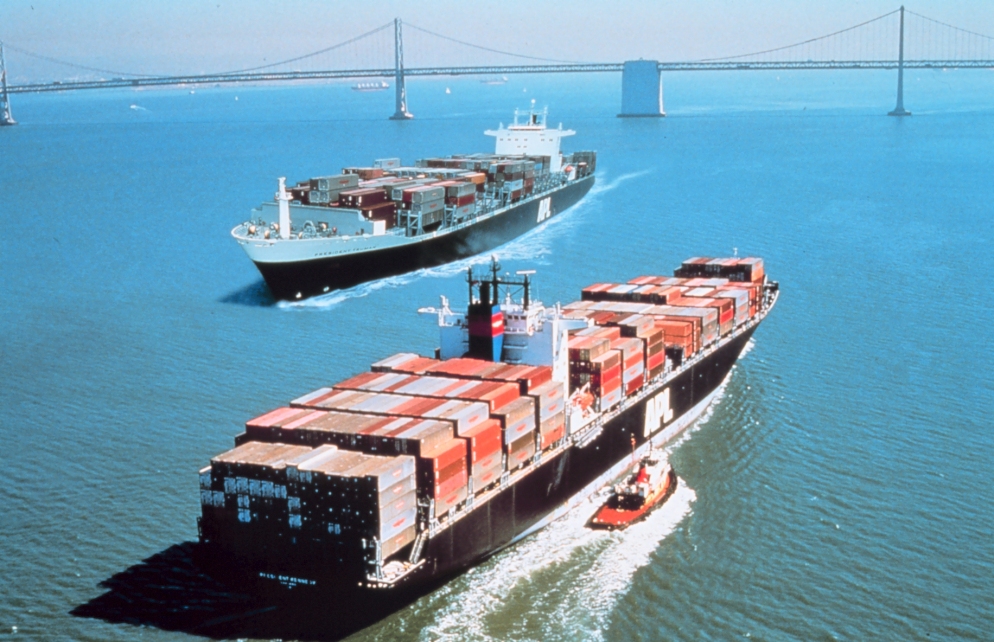I like this term. In my notes for the inventory of notes from Electronic Monuments, I wrote down “How does image reasoning affect our audience?” This isn’t necessarily a definition, but I think it does a fine job of summing up the concept.
To me, reasoneon seem very similar to punctum. How does an image elicit emotion from the viewer, how do we feel or think when we see it? However, I would like to think that reasone0n exists from two different angles: the logic behind the creation of the image, and the actual emotion and response (punctum) that is causes.
Lets take this image, for example.
How does it make you feel? What is your response? When I see this, I see what looks to be a rioter or a revolutionary who is throwing some sort of firework. I do not know the context of the image or where it takes place. Without context, my feelings are different than they would be with context. My interpretation is of any sort of riot or revolution. There is some sort of change that injustice that perhaps occurred, and yet it makes me feel nothing at this point, because I don’t understand the cause. I could be either outraged because of the injustice, or outraged because the rioters are attacking something that I support.
This is a picture of a rioter in Ferguson, Missouri. Ahhh, now I know the context because I am very familiar with the trial, and the protests. So this picture makes me feel something completely different. I am not outraged one way or the other, rather I am saddened at the state of America, both at racial profiling and the violent reactions of the rioters. At the same time I feel sorrow for individuals who are profiled because of the color of their skin, angry that this can occur in the 21st century. I also shake my head at the rioters, not seeing what good can come of it.
Now this post has a purpose. It has reasoneon to it, not just an emotional response elicited, but a reason for this image to be composed. I (the composer) want you (the viewer) to have a reaction to it. Your reaction will vary based on who you are, but now this image is no longer a generic image of a riot. It is a story, and it has a purpose.
